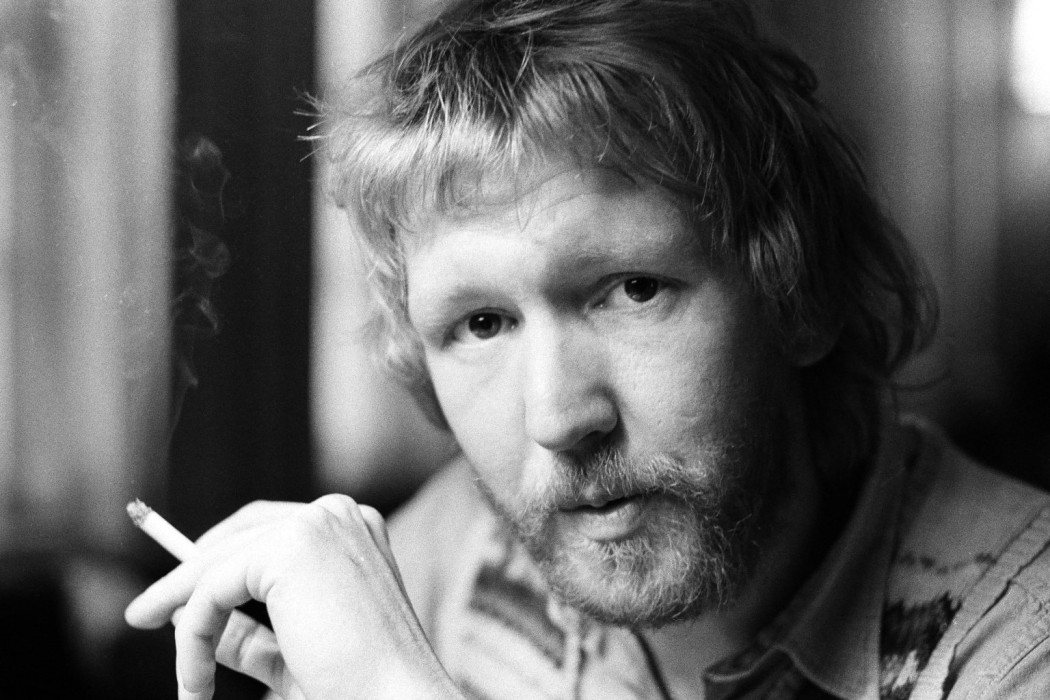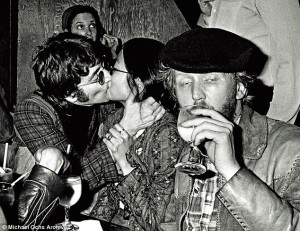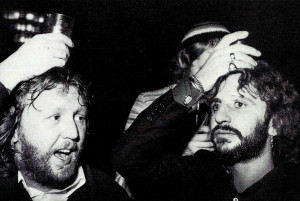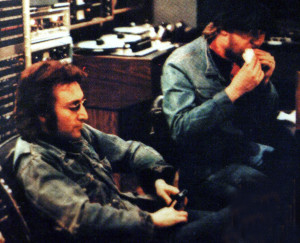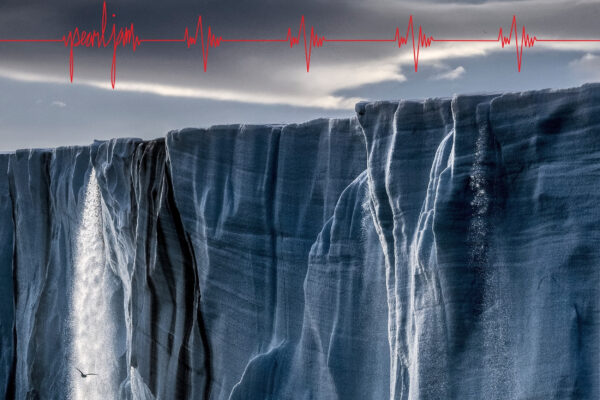Who is Harry Nilsson? An apropos question, but also the title of a 2010 documentary of the life of this singer-songwriter who had the voice of an angel but the demeanor of a devil. This dichotomy would pop up in his music and in his career and personal life; some kind of recklessness that made him a hit with the critics, but a voice that eventually won him over with the general public.
He got his start with a combination of crooner covers and self-written material, coming from seemingly nowhere, but his big break came in 1967 with his cover of the Beatle’s “You Can’t Do That.” He boiled down the song to its skeleton, paying tribute to the hits up by inserting twenty other Beatles songs into the mix; sweetly ending with the phrase “Beatles forever.” This caught the attention of the two guys who wrote those songs, and when asked who their favorite American artist was, they both replied “Nilsson.”
It was on 1968s Aerial Ballet that made him a bona fide star. The album contains perhaps his most famous song, “One,” a song that would go on to be covered by Three Dog Night. In its original version, it’s a powerful ballad with melancholy notes the many covers seem unable to recreate. The real hit on the album was a cover of Fred Neil’s “Everybody’s Talkin’” that was bolstered by an appearance on the Midnight Cowboy soundtrack.
The next two years would see a lull in creativity from Nilsson, as Harry and Nilsson Sings Newman, and while neither can be seen as failures (the latter is brilliant), it probably did more for Randy Newman than it did for Nilsson. On the other end of this period something inside of Nilsson would awaken, perhaps fueled by his collaboration, perhaps drugs, a daring that had him recording a series of songs about a boy with a pointed head and Nilsson Schmilsson.
Not enough can be said about Nilsson Schmilsson, and if you only had to own one record out of his entire discography, this would be it. The cover famously depicts Nilsson only in a bathrobe, holding a pipe that surely didn’t have tobacco in it, presenting an air of nonchalance about this record. Even the name is a gesture of apathy, but the music is pure intention. Side A sets up the listener for an abbreviated day in the life of Nilsson—frantic and despondent—starting with “Gotta Get Up” and ending with “Down.” But it’s Side B that holds you by opening with his anthemic “Without You,” one of the most iconic songs of the seventies, only to follow that with “Lime In The Coconut” equally as iconic, twice as weird.
And then that was it. Flashes of brilliance would follow—Son of Schmilsson and A Little Touch of Schmilsson in the Night are attempts to recreate Nilsson Schmilsson’s brilliance. 1974’s Pussy Cats was produced by John Lennon, and there would be further collaborations with Ringo Starr, who remained a life-long friend. Nilsson’s final performance was the soundtrack work for Popeye and then he left as mysteriously as he came.
WHO HE INFLUENCED:
First and foremost are the Beatles. Both Lennon and McCartney were huge fans of his first few albums, and some even suggested upon their break up that Nilsson might be a replacement; some of those what-ifs persist to this day. It would be Ringo and John that would go on and have their good times with Nilsson. In the documentary Who Is Harry Nilsson?, stories of coke tinged weekends of lost time were the norm for them. They were party animals, but also fellow musicians and songwriters, and Pussy Cats came from one of those so-called Lost Weekends.
Today, his influence remains, but to a much lesser degree than it was forty years ago. The Walkmen covered the entire Pussy Cats album; there was a tribute to the Point featuring various artists. LCD Soundsystem took on a little bit of Nilsson’s nonchalance during their brief reign as kings of the world. Their cover of “Jump Into the Fire” was the b-side to “Daft Punk is Playing at My House,” the song that launched a thousand imitators, and it would be the second to last song they played at their sold out final show in New York City.
WHY WE SHOULD BE LISTENING TO HARRY NILSSON:
While Nilsson didn’t remain the best songwriter, the great songs he did write became indelible classics. So few artists truly know the power of their voice, and fewer know how to use it quite like Nilsson did, whether in full rock or ballad mode. The soft remains soft and the powerful will blow you away; he was a force of nature. Just go out and buy Nilsson Schmilsson, and you’ll see what I mean.
FIVE ESSENTIAL NILSSON TRACKS:
You Can’t Do That
Everybody’s Talkin’
I Guess The Lord Must Be In New York City
Without You
Jump Into The Fire
BONUS
Jump Into The Fire – LCD Soundsystem’s last show.
Article by: Christopher Gilson

